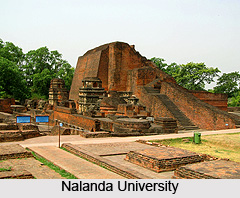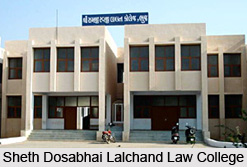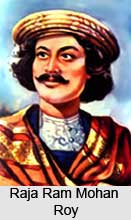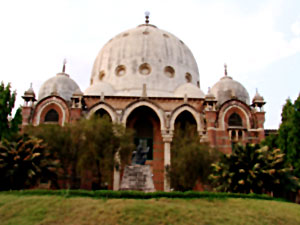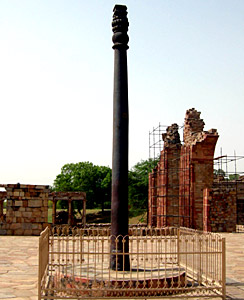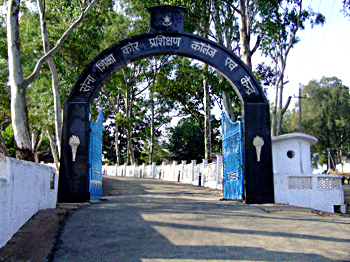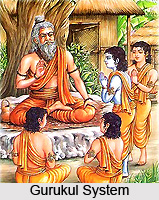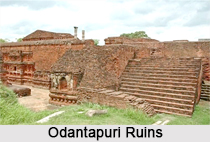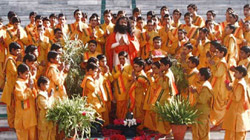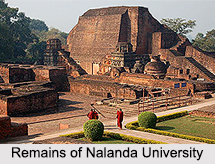Vindan, also known as Vintan, was a reputed author and poet from Tamil Nadu who is regarded as one of the most significant Tamil writers of the 20th century. His literary works have greatly helped in the development of modern era in Tamil literature. The various short stories composed by Vindan are dynamically written and cynically attack the corrupted elements in society. The short stories written by him were considered to be the representatives of the downtrodden and the poor. Palum Pavaiyum, a Tamil novel written by Vindan, has also gained much admiration and appreciation from its readers.
Several of the short stories composed by Vindan are compiled in the collection titled Ore Urimai. The interesting Tamil stories comprises of excellent form. Most of the characters in the stories are inspired from real life simple people who never get annoyed or frustrated with society for the humiliation that is mounded on them. Quite contrastingly they bear the burden of life and instead of blaming them as intricacies define them as fate. The stories are written in such manner that it will influence the readers and make them realize the plight of the downtrodden people. The short stories of Vindan impact the readers in such as way that they get annoyed with the privileged few in society. The astonishing fact being that, the chosen few are less in number, the privileged ones and the unprivileged ones are plenty. In a sense the literary pieces are didactic in manner and preach what the undertones of social reality without having any propagandist attitude.
The numerous similes composed by the much respected modern Tamil author Vindan (Vintan) take the form of sharply pointed arrows that pierce those individuals who are responsible for corrupting and depreciating the society. In the short stories of Vindan written in Tamil language, the milch cow is portrayed as the guardian or head of a family and it is also shown in the stories that a parrot often becomes a prisoner. Further more the Tamil short stories also do not make any distinction between the stomach of the maid servant and the waste disposal can. Several of his literary works are written in a fascinating manner which implements the colloquial language in such a way that it increases the impact on the readers. In number of short stories constructed by Vindan or Vintan, even the regular colloquial words and terms attain in a new influence that are heen, critical and spiteful.
The numerous problems and evils of imbalance in the modern society are portrayed several times by the Tamil author through his many popular short stories. Vindan`s stories also reveal the way in which the social problems adversely affect the lives of not only the poor and the deprived, but everyone existing in the society.
